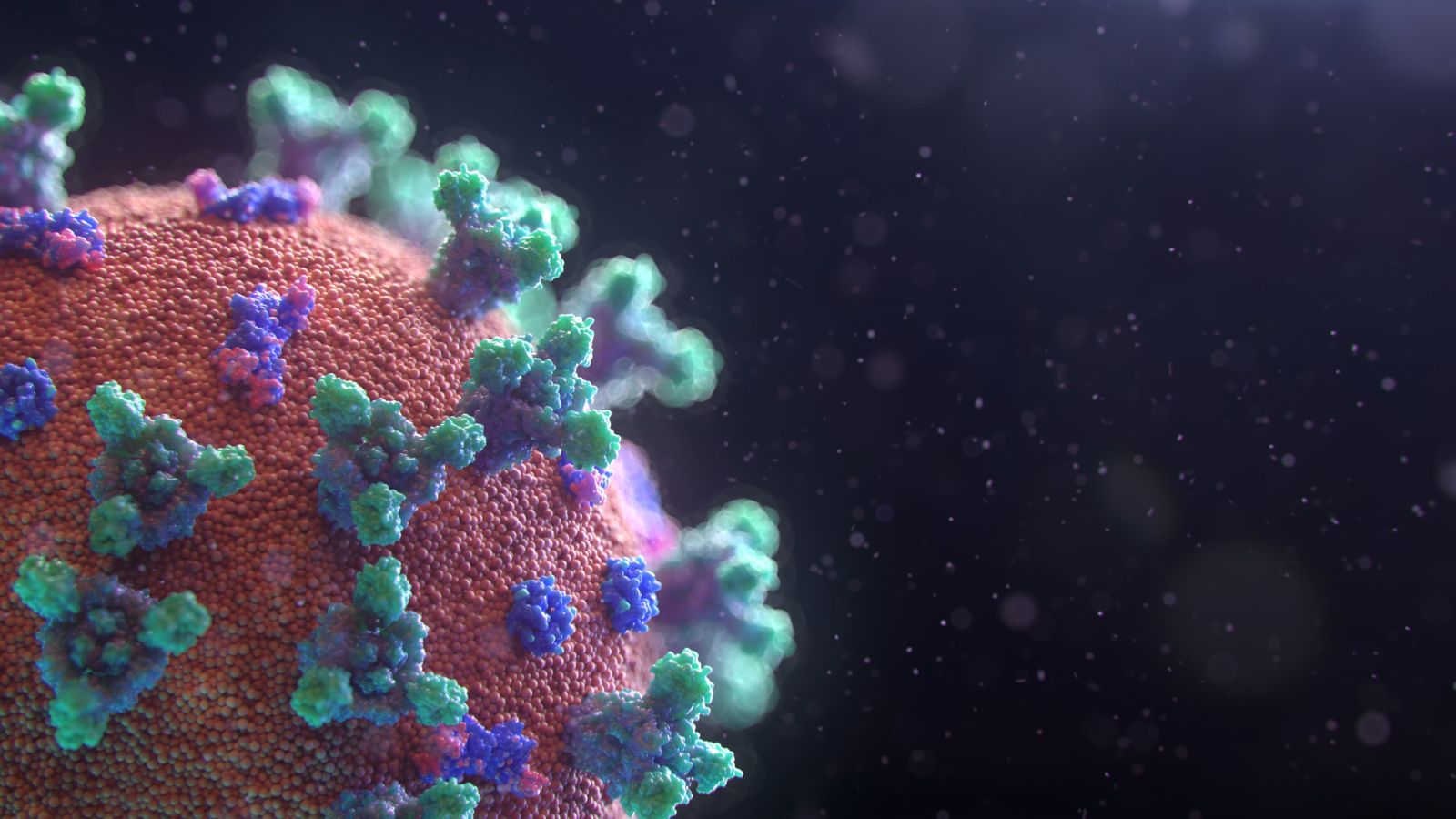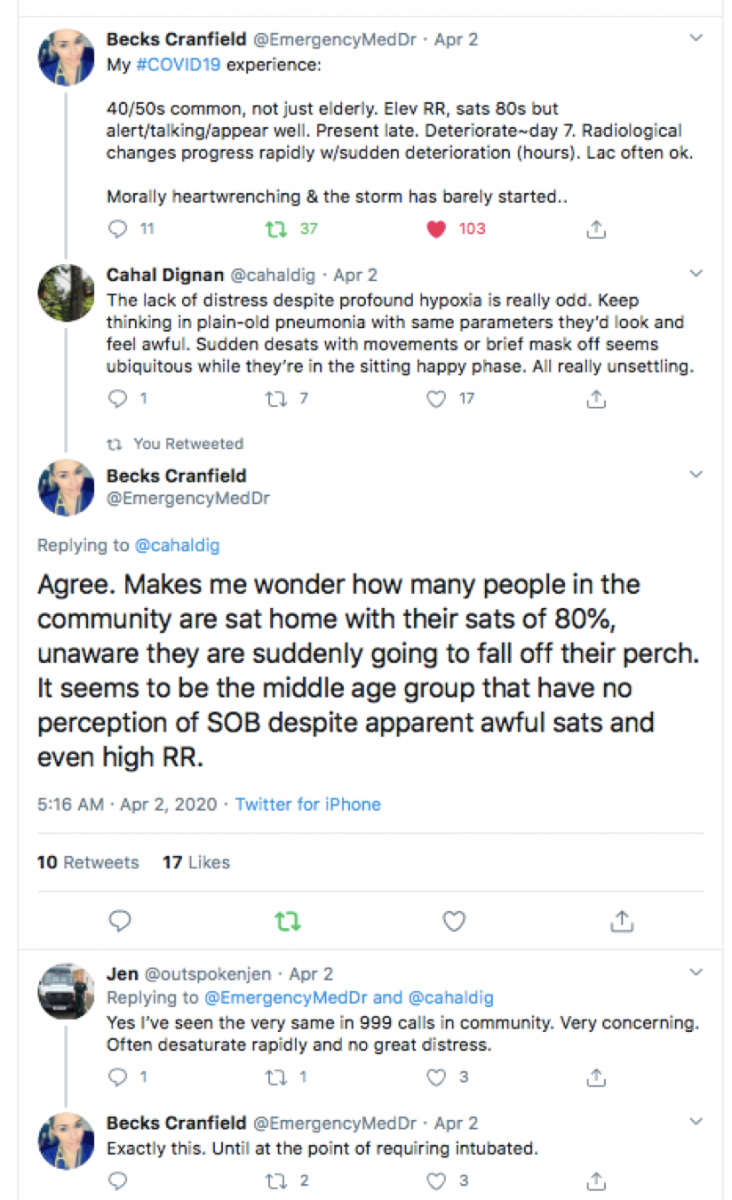Diagnosis and Treatment of COVID-19

See Also: FDA "Emergency Use Authorizations"
Testing:
From UC Davis Health: “Testing for COVID-19 involves inserting a 6-inch long swab (like a long Q-tip) into the cavity between the nose and mouth (nasopharyngeal swab) for 15 seconds and rotating the swab several times. The swabbing is then repeated on the other side of the nose to make sure enough material is collected. The swab is then inserted into a container and sent to a lab for testing.” Test results may not be returned for several days.
Initial Regimen:
In March 2020, Harvard Medical School published an article, which said, “No specific treatments for COVID-19 exist right now.” It suggests getting plenty of rest, staying well-hydrated and taking acetaminophen (Tylenol) to reduce fever and ease aches and pains. According to the article, the World Health Organization initially recommended acetaminophen instead of ibuprofen (Advil), but “now states that either…can be used.”
“Off-Label” Use of Medications:
The Harvard article notes that there’s been considerable discussion of whether chloroquine and hydroxycholorquine (plaquenil or HCQ) might be effective in treating COVID-19: “The drugs are primarily used to treat malaria and several inflammatory diseases, including systemic lupus erythematosus (lupus) and rheumatoid arthritis.” The drug is 70 years old.
“No drug is perfectly safe, but these drugs are quite safe when used for just the several days they might be needed to treat COVID-19. They are also cheap, already available at our local drug stores, and relatively free of side effects.”
“There is strong evidence that both drugs kill the COVID-19 virus in a laboratory dish. The drugs appear to work through two mechanisms. First, they make it harder for the virus to attach itself to the cell, inhibiting the virus from entering the cell and multiplying within it. Second, if the virus does manage to get inside the cell, the drugs kill it before it can multiply.”
So far, the studies are “too small to be sure about that” but after a Florida man recovered quickly after its use, Florida's governor purchased the medication for distribution and use in their state. A Michigan legislator says it saved her life. Dr. Vladimir Zelenko, a New York physician has treated his patients with coronavirus-like symptoms using a combination of hydroxychloroquin (commonly called plaquenil or HCQ), the antibiotic azithromycin and zinc sulfate. His patients, now 699 of them, have a 100% survival rate without need for hospitalization or a ventilator. The medications have received "emergency use authorization" from the Food and Drug Administration.
Another medication may also stop coronavirus. A common parasite drug works effectively against it in the laboratory environment, and may now need testing on humans: “We report here that Ivermectin, an FDA-approved anti-parasitic previously shown to have broad-spectrum antiviral activity in vitro, is an inhibitor of the causative virus (SARS-CoV-2),” the researchers write. “Ivermectin, therefore, warrants further investigation for possible benefits in humans.”
Vaccine for COVID-19:
Experts estimate that it will take at least 18 months to get a vaccine. However, it has also been reported that no vaccine has ever been created for SARS or MERS.
Antibody Tests:
No antibody test has been approved. But several companies have been given “emergency use authorization” to create blood tests for antibodies, using a simple finger stick. The test will take just 15 minutes. More than a million tests are expected to be available in April 2020.
Ventilation Protocol Questioned:
American doctors are perplexed. This virus is unlike anything they’ve ever seen before. Dr. Cameron Kyle-Sidell, MD, an intensivist in New York City, is calling for ventilator protocols. He’s concerned that high-pressure ventilators may be causing patient lungs more harm than good. While patients may need to be intubated and ventilated due to dropping oxygen saturation rates, he says the ventilator should be used at the lowest pressure possible. He says: #OxygenNotPressure.
Dr. Kyle-Sidell believes that the COVID-19 respiratory phenomenon acts more like the lungs of patients experiencing altitude sickness, otherwise known as high altitude pulmonary edema (HAPE). As one paper notes:
“Autopsy results of a COVID-19 fatality revealed bilateral diffuse alveolar damage associated with pulmonary edema, pro-inflammatory concentrates and indications of early-phase acute respiratory distress syndrome (ARDS).” (Cureus, March 2020)
A not-yet published article written by anesthesiologists poses an important question: “COVID-19 pneumonia: different respiratory treatment for different phenotypes?”
Rueben Strayer, MD, writes in a Scientific American blog post entitled "Why Social Media is Crucial for Frontline Physicians in the Fight Against COVID-19" about their decision to move directly to ventilators rather than starting with “intensive high-flow nasal cannula” or “noninvasive ventilation with a mask over the nose and mouth.” Following recommendations out of China and Italy, they “adopted the ‘intubate early’ paradigm.” But then studies coming out of those two countries showed “alarmingly poor outcomes of patients on ventilators.” And they noticed something else that was very unexpected:
Are You Turning Blue?
Blood oxygen levels should be between 95% and 100%. But, in a surprise finding, many seriously ill with COVID-19 are suffering severe hypoxemia (desaturation of blood oxygen) without gasping for air. The following is a Twitter thread from Dr. Kristina Rebecca Cranfield (Becks Cranfield - see credentials) an emergency physician in Scotland. She describes the unusual physical presentations that she is seeing in patients. Acronyms below include RR (respiratory rate), SOB (shortness of breath), LOC (level of consciousness) and sats (oxygen saturation levels):
Bottom line: if you’re sick, keep track of the color of your fingers and lips to determine whether your blood may be losing access oxygen even if you’re feeling no physical difficulty breathing.







